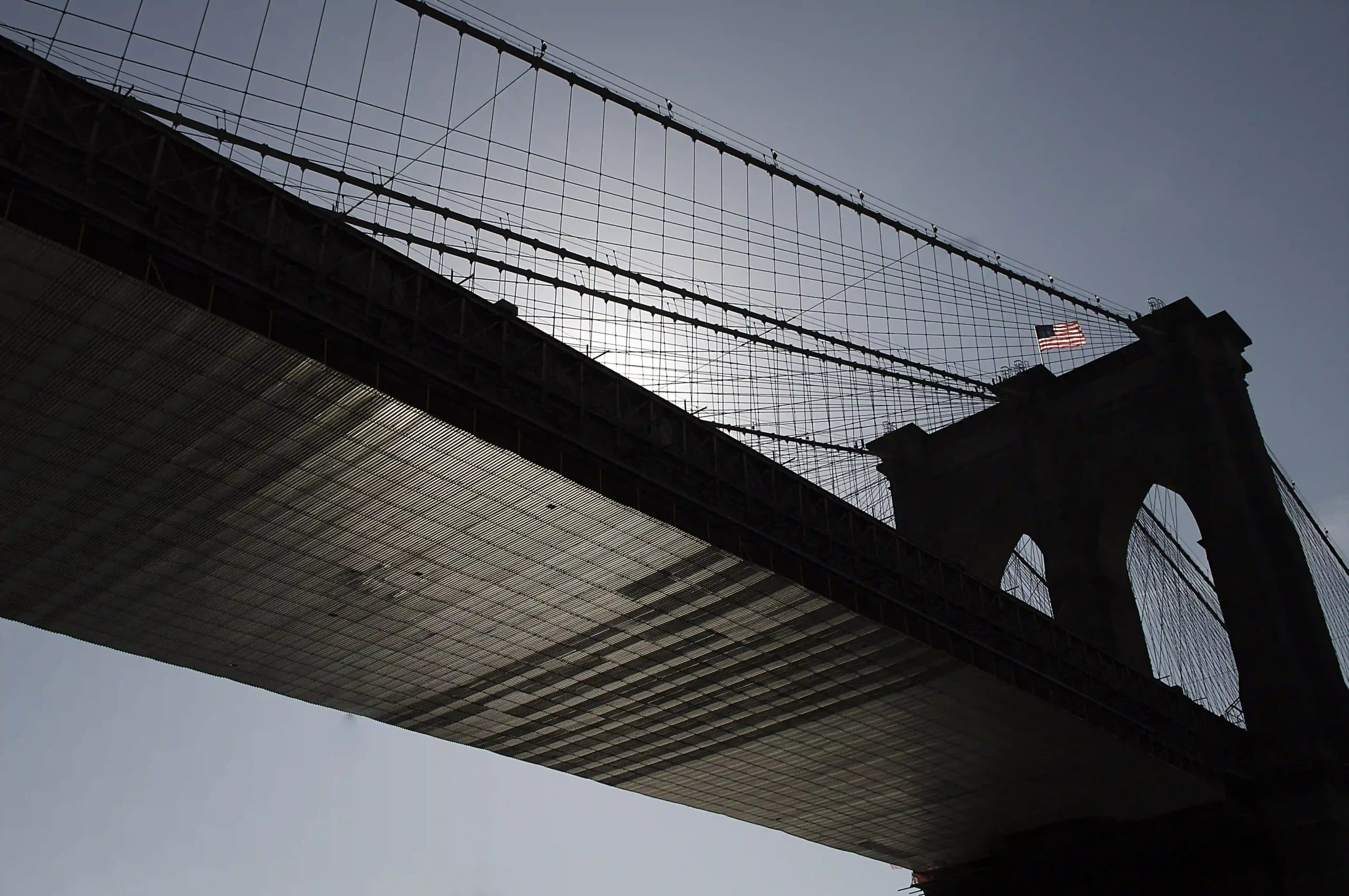Construction worker fatalities continue to rise in New York state amid rampant safety violations, according to an annual report released by the New York Committee for Occupational Safety and Health, an advocacy group. Our New York City construction accident lawyers know all too well the damage that the death of a construction worker can have on the worker’s family. Even though the consequences for unsafe work practices in construction are severe, New York contractors continue to take chances with the lives of New York construction workers. Finally, there is a prosecution for a fatality on a construction site.

Fatal injuries in the construction industry increased in New York state to 71 in 2016 from 50 in 2014, although construction worker deaths in New York City declined to 21 from 28, respectively. The leading cause of death was falls, which accounted for 48 percent of the state’s construction worker deaths from 2007 to 2016. These deaths from falls continue to occur even though New York Labor Law 240, requires that construction site owners and general contractors provide adequate protection when a worker is working at an elevated work site, which includes fall protection such as life lines and harnesses.
After a completely preventable accident occurred and resulted in the death of a construction worker, a Brooklyn construction company owner is facing manslaughter and other charges in the death of an employee who fell six stories to his death at a Coney Island construction site last year. Salvatore Schirripa, 66, was indicted for failing to adhere to safety regulations at the Brooklyn work site that could have saved the life of hardhat Vidal Sanchez Ramon. The 50-year-old was an undocumented immigrant who was sending money home to his wife and children in Mexico. Ramon was pouring and smoothing concrete on the sixth floor of the commercial building last April when he toppled off the edge of the structure. New Y ork’s Labor Law 240 requires fall protection and Industrial Code regulations require scaffolds within two feet of the edge of a roof. Had these regulations been followed, the workers would have fallen a couple of feet on the scaffold and his life would have been saved. This is obviously a case of another wrongful death fatality on a construction site and our New York City construction fatality accident lawyers know how often a tragedy occurs because safety regulations are ignored.
A red-eyed Schirripa pleaded “not guilty” to a slew of charges in front of Brooklyn Supreme Court Justice Danny Chun, including second-degree manslaughter, criminally negligent homicide, reckless endangerment, falsifying business records and violation of the workers’ compensation law.
The New York Labor Law requires that workers wear harnesses and that elevated work sites be outfitted with a protective fence, which was not the case at the Brooklyn worksite, authorities said. Employers regularly endanger their workforce by disregarding regulations, and workers die as a result. Schirripa had previously been served with four notices for violations from September 2011 to August 2014 ordering that he provide guardrails and handrail systems to protect workers from falls.
While guardrails had been installed at the site, they were three feet from the edge, leaving unprotected work space between the rail and the edge, and requiring workers to step over the fence, without harnesses, to pour concrete.
Schirripa also neglected to obtain workers’ compensation insurance or to contribute to an unemployment insurance fund for employees of his company— going so far as to submit a false certificate of coverage to the NYC DOB, authorities said.
As buildings go up all over Brooklyn, we owe it to every construction worker to make sure that they don’t lose their lives due to short cuts on safety. It is important to take action now to end the crisis of rising construction fatalities in New York State. These deaths are almost always preventable and could be deterred by passing sensible legislation in New York State and by protecting existing legislation, such as the Scaffold Safety Law, that protects workers.
There are several such recommendations:
- Require construction training and certification for New York state construction workers.
- Establish funding streams for construction safety training programs in New York City.
- Maintain and support laws that protect workers, such as the Scaffold Safety Law and Carlos’ Law.
- Use existing city power to suspend or revoke licenses and construction permits for criminal contractors
